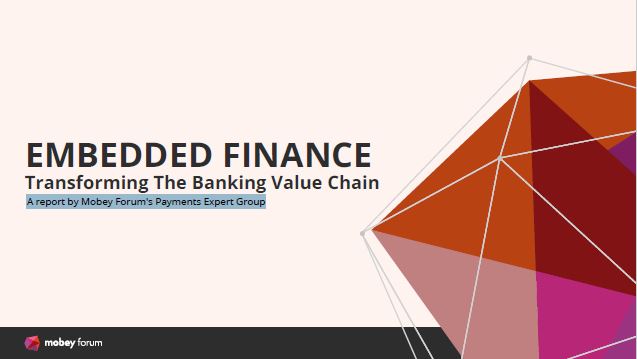One of the most significant moments of the modern banking era was the introduction of Open Banking in Europe. The launch of PSD2 (Payment Services Directive) in 2016 enabled third-party service providers to access a customer’s banking data with their consent. This made the API (Application Programming Interface) one of the most important tools in the banking industry as it ushered in a new wave of innovation, led by ambitious fintech startups looking to disrupt and modernise the digital banking experience.
The 2010s saw dozens of digital banks (dubbed ‘neo banks’) launch across Europe and gather millions of customers looking for a more modern and intuitive experience than that offered by the often slow and functionally limited apps offered by traditional banks. Some of the most successful neo banks of the decade included Bunq (launched in the Netherlands in 2012, now with 12.5 million customers), N26 (launched in Germany in 2013, now with 8 million customers across 24 countries) and Revolut (launched in the UK in 2015, now with 45 million customers across 30 countries).
Keen to participate in the digital banking revolution, there was a big increase in collaborations between traditional banks and fintech companies. For example, ING partnered with Yolt in 2016 to launch a modern money management app, while Santander collaborated with Ripple in 2018 to implement blockchain technology for cross-border payments.
Another major development during this time was the rise of digital (or ‘crypto’) currencies such as Bitcoin (launched 2009) and Etherium (launched 2015). Initially designed as decentralised, secure alternatives to traditional fiat currencies, crypto currencies became increasingly popular as speculative investment assets. Bitcoin, in particular, has risen 22,000% from its initial launch valuation, at the time of writing this article. So large has been the impact of crypto, over $1 trillion has been invested into the asset, including by major investment firms such as BlackRock.
By 2018, more than half of people in the EU used online banking - doubling from just a quarter in 2007. And by July 2024, a third of people in the UK used mobile banking on a daily basis. The shift to digital banking has made banking accessible to millions more people. But it’s also had profound consequences on the wider banking sector, resulting in thousands of bank branches closing across the EU. In 2008, there was one bank branch per 2,800 people. By 2021, that figure had fallen to one bank branch per 4,700 people. And while these closures may not affect those who prefer online banking, it leaves many - particularly of the older generation - having to travel miles to access a bank, just like the pre-1960s era.

